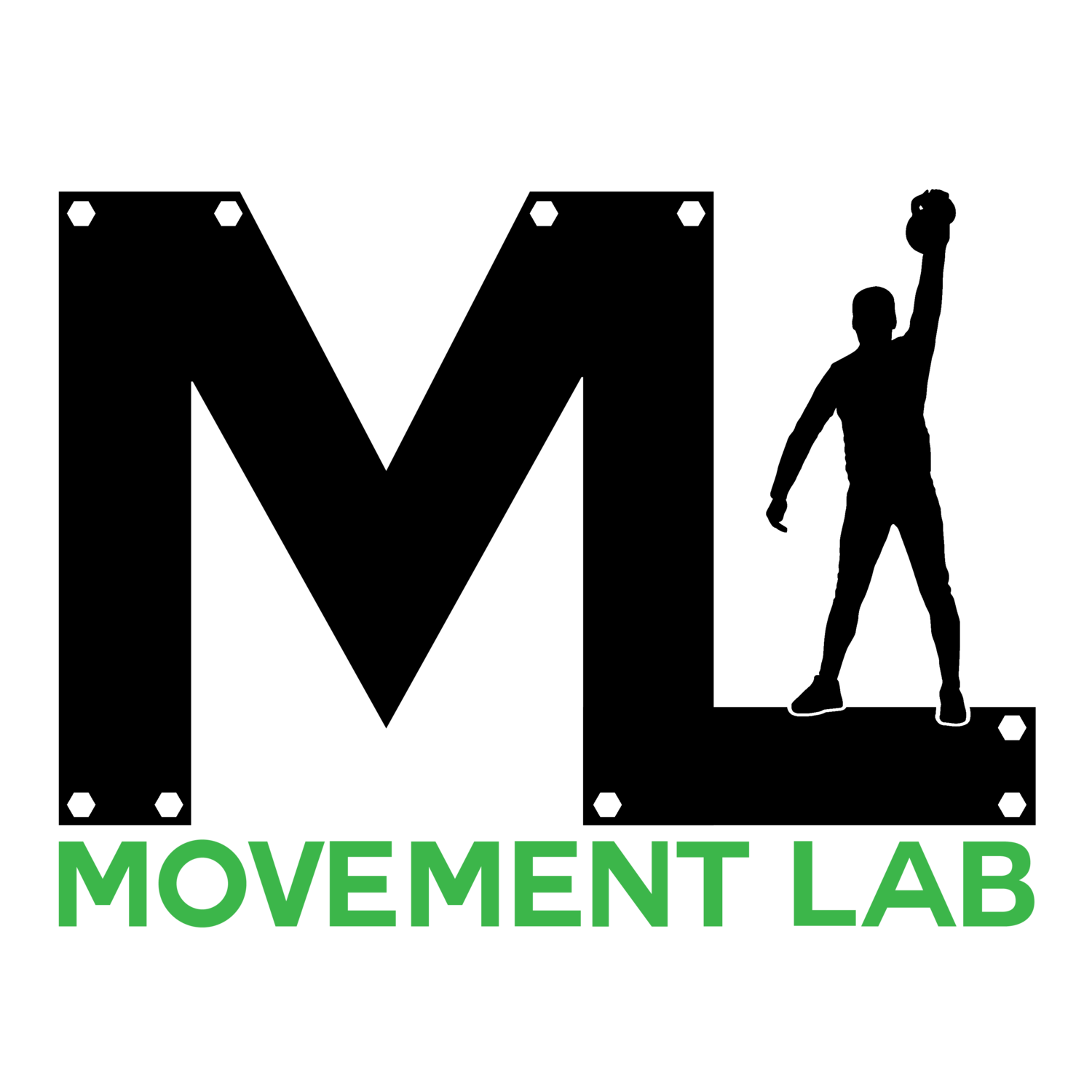Preparing to Exercise in Hot Weather
Summer is not even here yet and we are already experiencing the hot temperatures that come with summer. But for the summer we didn’t get to have last year, the hot temperatures are no match for the want to get outside and enjoy outdoor activities. Some of these activities include getting outside for exercise instead of doing the exercises we had been limited to inside. However, with temperatures reaching as high as they are, is training outside even worth it? If it is worth it, is there a way to prepare for it?
Training or exercising in heat can be worth it if done correctly through a method called heat acclimatization. Heat acclimatization is an adaptation method used to physiologically prepare the body for reducing risk of illnesses caused by heat and improves comfort and exercise performance in the heat. The benefits of heat acclimatization are acquired through increased sweating and improvement of the cardiovascular system which allows for better regulation of blood pressure and cardiac output while exercising or training in the heat!
So how do we prepare and perform heat acclimatization to prepare our body for exercising in hot weather? Here are the main points regarding adapting to the heat:
How long?: The time span for this adaptation occurs on average over a 2 week span for the full physiological adaptation. However, depending on your athletic ability this may be shortened or lengthened with highly trained athletes taking less time to adapt. Sessions of training should last at least 60 minutes per day.
How do I train?: The 60 minute sessions should inquire about 60% of your maximal oxygen uptake in hot conditions while exercising to exhaustion. This is where knowing your limits is important. The goal is to work less for longer in the heat so the body can adapt but break a sweat doing it!
What should the environment be like?: Humidity plays a role in adapting to the heat. If you train or exercise in dry conditions with less humidity you will see improvement with humid heat and vice versa. But training in the conditions you are wanting to improve in will acclimate you to those conditions.
How should I hydrate?: Ideally you should be drinking about a half to an ounce of water per one pound of body weight per day. So if you weigh 150lbs. you should be drinking roughly 75 ounces of water minimally. While training, you should understand that you are losing a lot of sweat during your training in the heat, this is why staying hydrated and making sure you are replenishing electrolytes is very important.
What should recovery look like?: Fluids with foods (including fluids with salt) is the preferred method of rehydration. Carbohydrates are lost in heat training and how much is lost is dependent upon your metabolism so replenishing carbs is important to assure energy levels are maintained.
How long does adaptation last?: Adaptation lasts about 2-4 weeks but this varies depending on your condition.
As you go forth and begin your exercising and training this summer, consider having your body adapt to the heat with heat acclimatization! If you’d like to learn more, there is an article posted below with more information. As always if you have any troubles with your movements, reach out and set up an appointment with us at Focus On Health Chiropractic so we can get you toward your movement goals!
Article:
Racinais, S., Alonso, J. M., Coutts, A. J., Flouris, A. D., Girard, O., González-Alonso, J., Hausswirth, C., Jay, O., Lee, J. K., Mitchell, N., Nassis, G. P., Nybo, L., Pluim, B. M., Roelands, B., Sawka, M. N., Wingo, J., & Périard, J. D. (2015). Consensus Recommendations on Training and Competing in the Heat. Sports medicine (Auckland, N.Z.), 45(7), 925–938. https://doi.org/10.1007/s40279-015-0343-6
